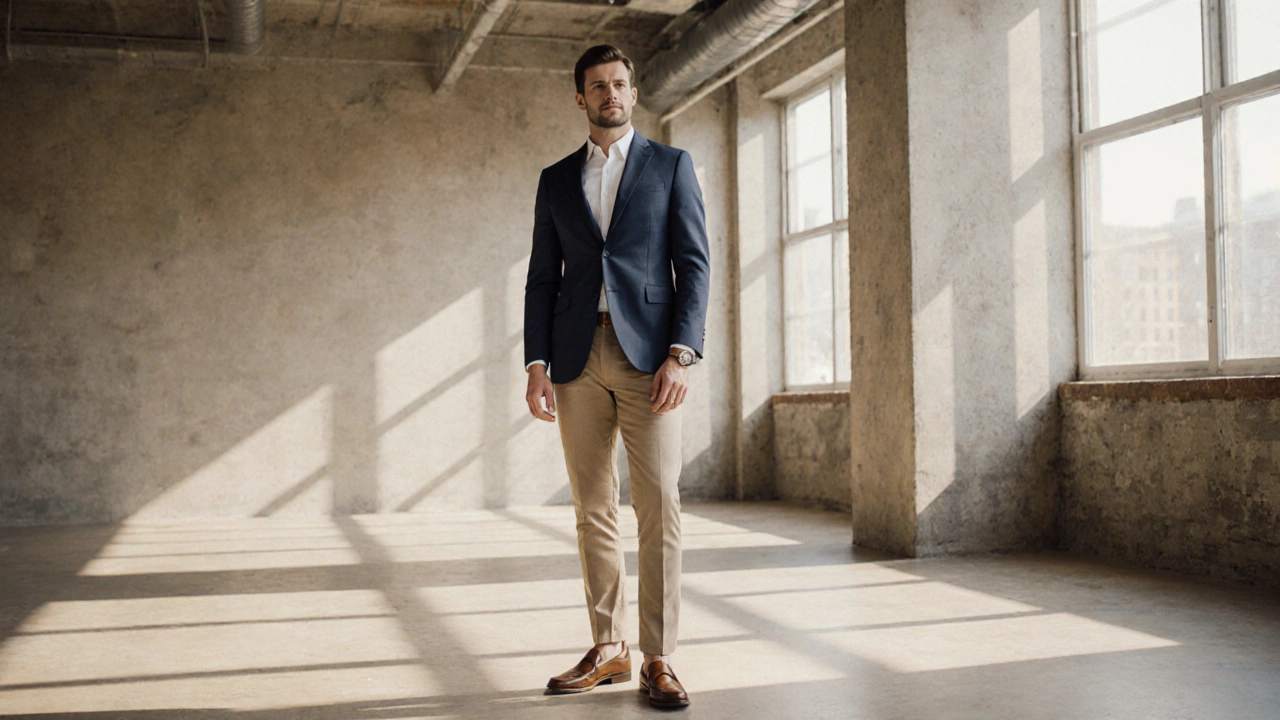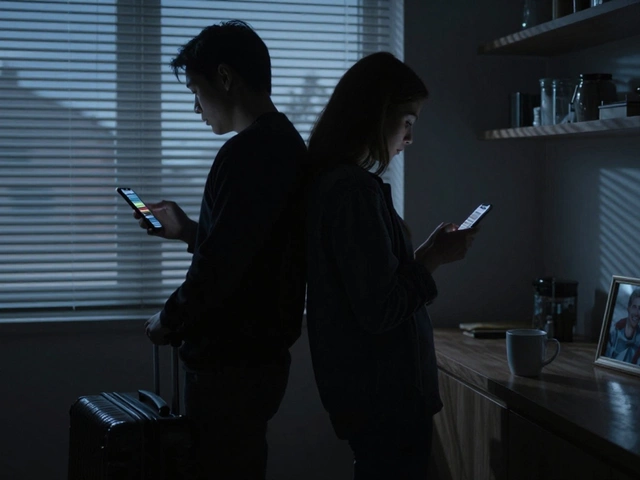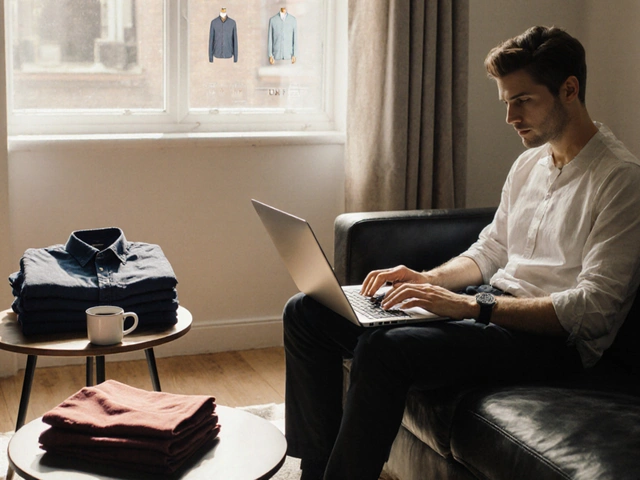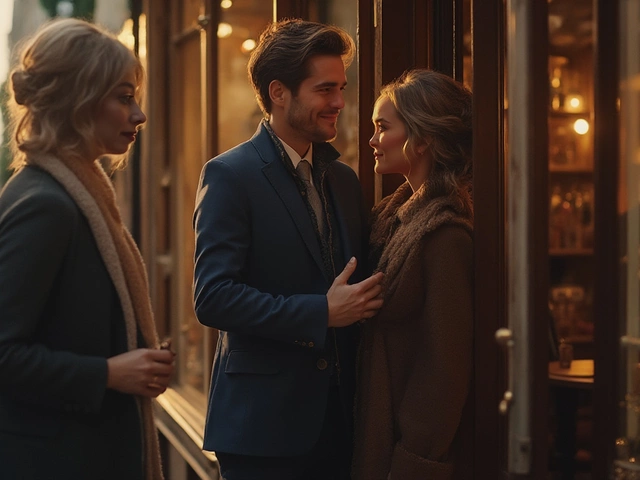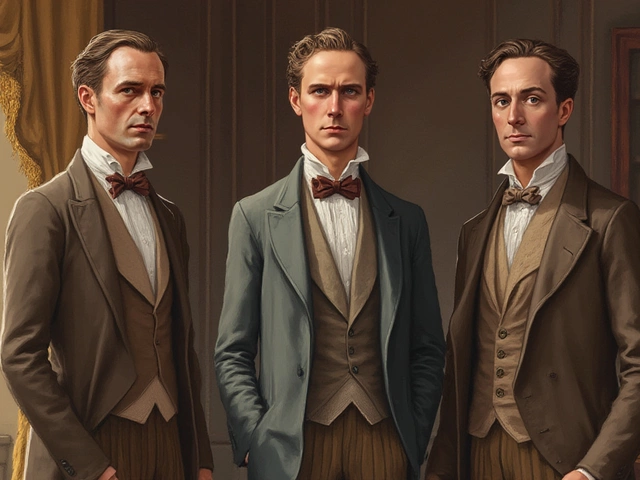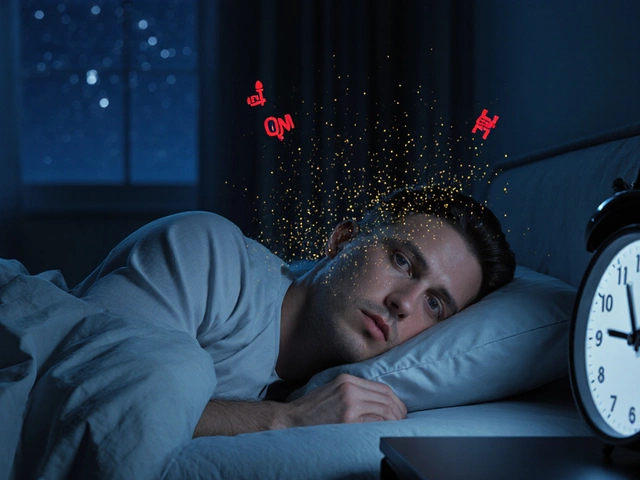Formal Casual Style Combinator
Build Your Formal Casual Outfit
Select items from the core building blocks to create a balanced formal casual look. The tool validates your combination against key style rules.
Your Outfit Preview
Select items to see your combination here
Key Takeaways
- Formal casual mixes dressy pieces (blazer, dress shirt) with relaxed items (chinos, low‑top sneakers).
- It’s distinct from smart casual (more relaxed) and business casual (more conservative).
- Core pieces include a fitted blazer, crisp dress shirt, tailored chinos, and leather loafers or clean sneakers.
- Seasonal tweaks-lightweight fabrics for summer, layered textures for winter-keep the look fresh.
- A few style rules (fit first, keep accessories minimal) prevent the outfit from slipping into either extreme.
If you’ve ever wondered what formal casual really means, you’re not alone. The term pops up on invitation lists, office memos, and Instagram reels, yet many men still ask, “Should I wear a tie? Are sneakers okay?” This guide cuts through the jargon, shows you the exact pieces to reach that sweet spot, and explains why the look works for today’s flexible dress codes.
Formal Casual is a hybrid dress code that blends the polished look of formal attire with the relaxed vibe of casual pieces. It sits between Smart Casual and Business Casual, offering a versatile option for modern work and social settings.
Where Formal Casual Came From
Originating in the early 2010s, the style grew out of tech‑savvy office cultures that rejected stiff suits but still wanted to signal professionalism. Companies in Silicon Valley began allowing employees to replace the traditional tie with a well‑fitted blazer and chinos. By the mid‑2020s, the look had migrated to finance, law firms with “modern” branding, and even upscale restaurants.
Think of it as the sartorial answer to a hybrid work schedule: you’re expected to look sharp on video calls, but you also need comfort for a quick coffee run. The result is a set of rules that keep you looking intentional without the stiffness of a full suit.
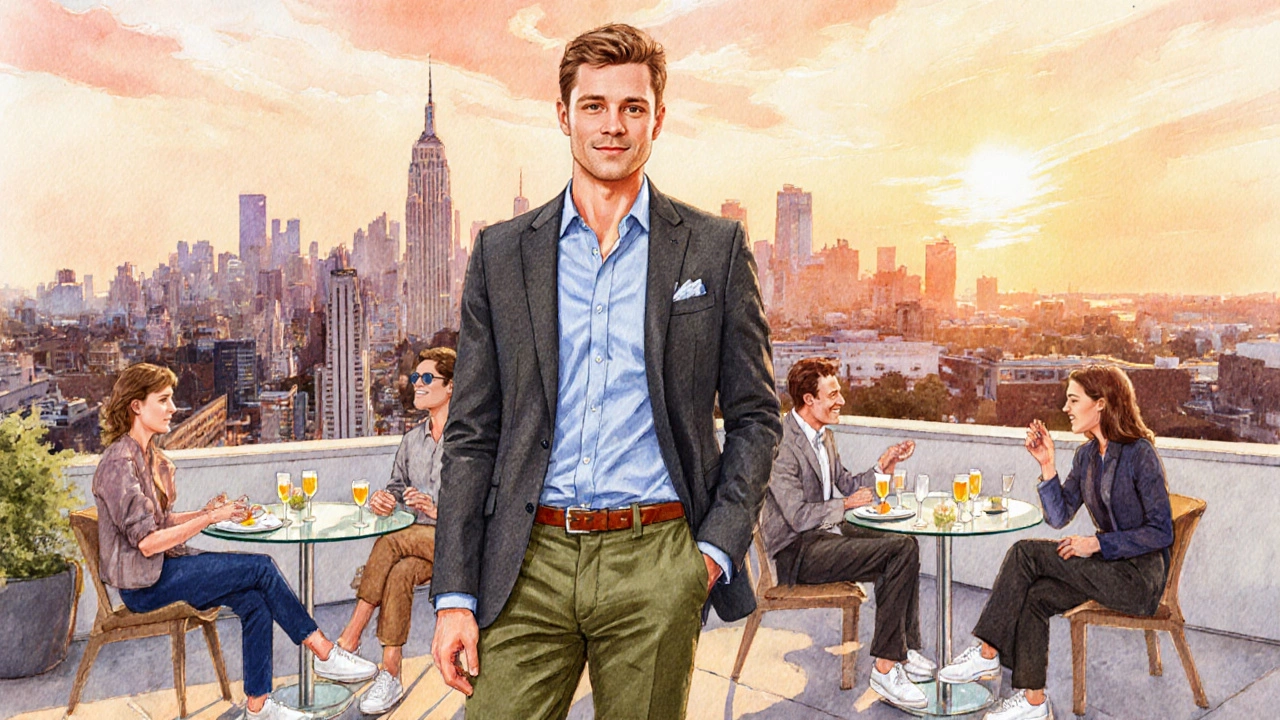
Core Building Blocks
Below are the eight essential items that most style experts agree define the look. Each is introduced with microdata so search engines can easily parse the entities.
- Blazer is a structured jacket, usually unlined or half‑lined, that adds a formal silhouette without the weight of a suit jacket. Opt for navy, charcoal, or muted earth tones.
- Dress Shirt is a button‑down shirt made from crisp cotton or poplin, featuring a point or spread collar. White and light blue are safest, but subtle checks work too.
- Chinos is a twill‑weave pant with a slim but comfortable cut, usually in neutral shades like khaki, navy, or olive. Avoid overly distressed finishes.
- Loafers is a slip‑on leather shoe with a low heel, offering a dressier alternative to sneakers while staying comfortable. Suede or polished leather both work.
- Sneakers is clean, low‑top leather or canvas shoes (think white leather or muted gray) that keep the outfit relaxed yet refined. Avoid chunky soles or loud colors.
- Tie is optional in formal casual; a thin knit or knit‑patterned tie can add a dash of personality without over‑formalizing. If you wear one, keep it narrow.
- Pocket Square is a small fabric square tucked into the blazer pocket, giving a dash of colour or pattern. Stick to solid hues or subtle prints.
- Watch is a classic analog timepiece with a leather or metal band; it signals attention to detail without being flashy. Keep the case size modest (38‑40mm).
Formal Casual vs. Its Cousins
| Dress Code | Typical Occasion | Key Upper | Key Bottom | Footwear |
|---|---|---|---|---|
| Formal Casual | After‑work drinks, client luncheons, creative‑industry meetings | Blazer + Dress Shirt | Tailored Chinos | Leather Loafers or Clean Sneakers |
| Smart Casual | Casual Fridays, brunches, informal networking | Sport‑coat or Casual Shirt | Dark Jeans or Smart Trousers | Derby shoes, Minimalist Sneakers |
| Business Casual | Office day‑to‑day, low‑key client meetings | Dress Shirt (no blazer required) | Dress Pants or Chinos | Oxfords, Brogues, Polished Loafers |
Step‑by‑Step Outfit Builder
- Start with the base: choose a well‑fitted pair of chinos in a neutral colour.
- Add a crisp dress shirt. Make sure the sleeves end just at the wrist bone; cuff the shirt if you plan to roll up.
- Layer a blazer. If the event leans slightly more relaxed, pick an unstructured, unlined option.
- Decide on footwear. For a daytime brunch, clean white leather sneakers keep the vibe airy. For evening drinks, slip on brown or black leather loafers.
- Consider accessories: a slim tie only if the invite mentions “dressy.” A pocket square in a complementary colour instantly upgrades the blazer.
- Finish with a watch and, if needed, a belt that matches the shoe colour.
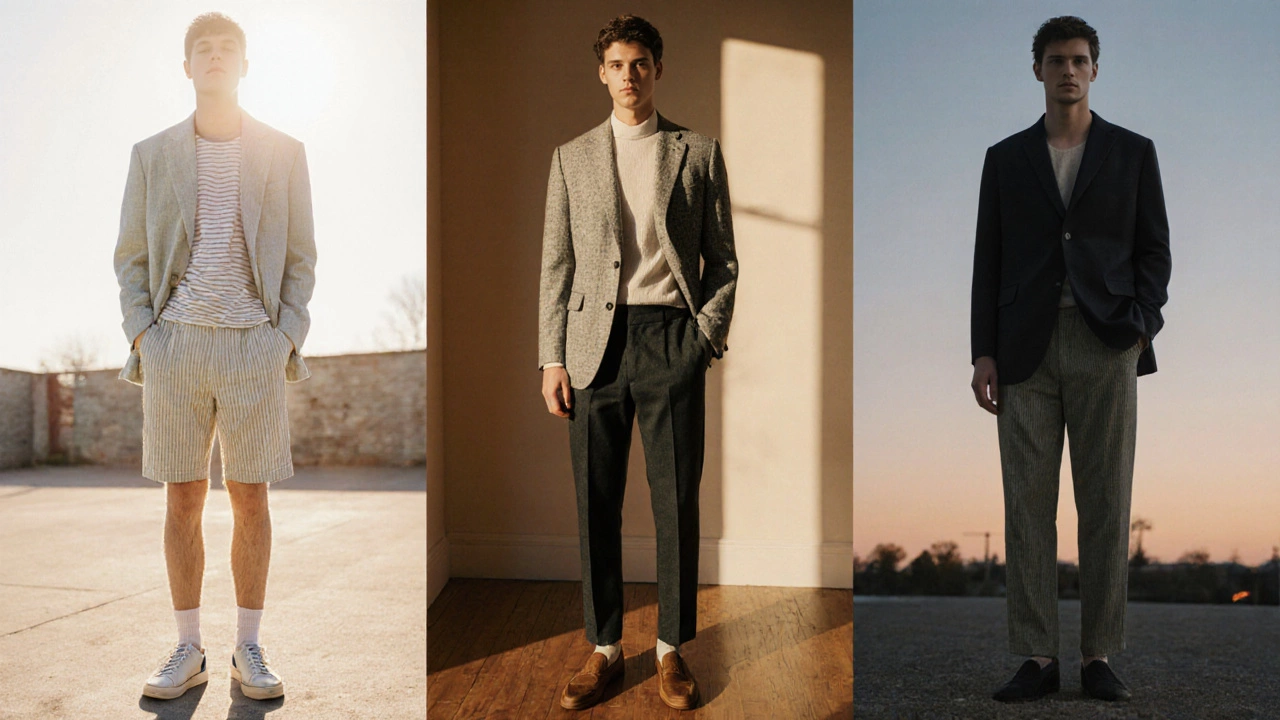
Seasonal Tweaks
Summer: lightweight cotton or linen blazers, seersucker chinos, and breathable loafers or canvas sneakers prevent overheating.
Winter: go for a wool‑blend blazer, darker heavyweight chinos, and leather loafers with a thin wool sock. Adding a cashmere crew‑neck under the shirt adds warmth without bulk.
Spring/Autumn: Mid‑weight twill chinos, a soft‑flannel blazer, and suede loafers create a balanced look that works for outdoor events.
Common Mistakes & How to Fix Them
- Oversized pieces: Too‑baggy blazers or pants look sloppy. Tailor the shoulders and hem to your exact measurements.
- Clashing colours: Keep the palette within two‑tone families. A navy blazer with olive chinos works, but a bright red blazer with bright yellow pants feels chaotic.
- Too many patterns: If the shirt is patterned, stick to a solid blazer and vice‑versa. The pocket square can be the only patterned accessory.
- Improper shoe choice: Chunky, high‑top sneakers break the elegance. Opt for clean low‑top designs or classic loafers.
- Neglecting fit: Even the most expensive blazer looks cheap if it pulls at the shoulders. Use a good tailor.
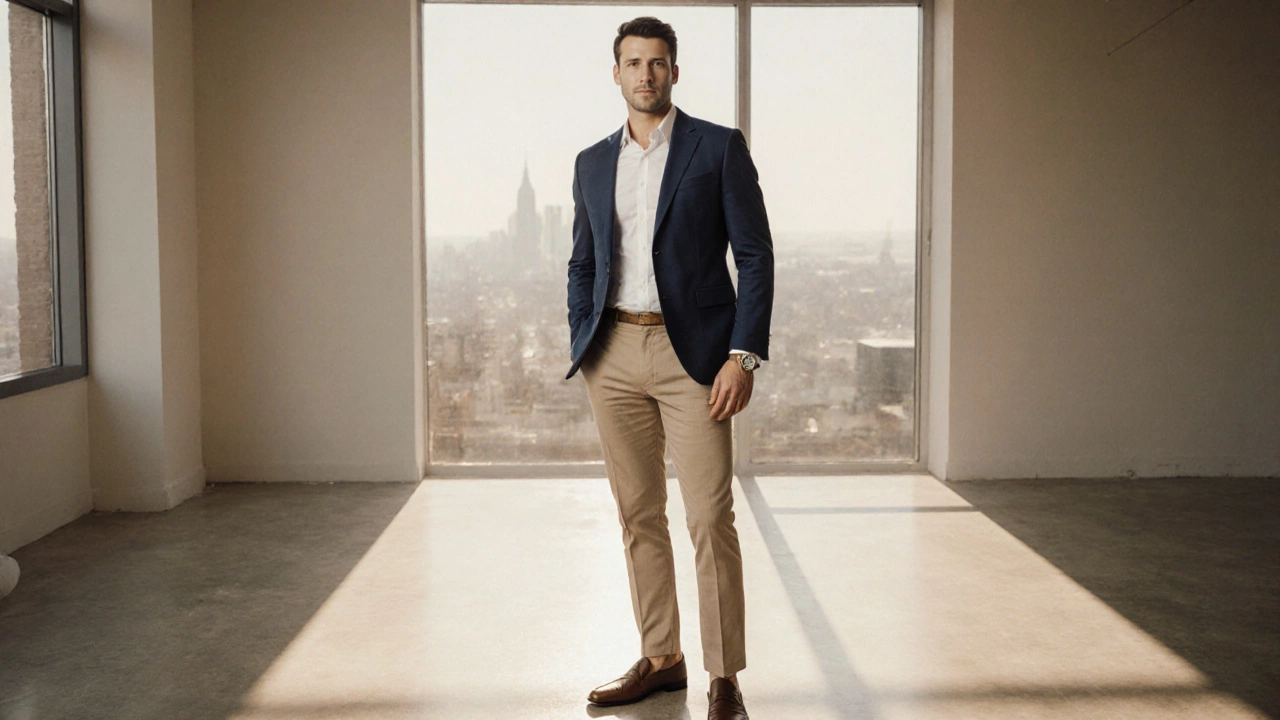
When to Pull the Formal Casual Lever
Use the style for any event that sits between “black‑tie optional” and “business as usual.” Good examples include:
- Company off‑site after‑hours dinner.
- Art gallery opening where you want to look cultured but not overdressed.
- Client brunch at a trendy rooftop.
- Wedding rehearsal dinner with a relaxed dress code.
Frequently Asked Questions
How do I differentiate formal casual from smart casual?
Formal casual always includes a structured blazer and a dress shirt, leaning on more tailored pieces. Smart casual may replace the blazer with a casual sport‑coat or even a high‑quality shirt‑only look, and often features dark jeans instead of chinos.
Can I wear sneakers with a formal casual outfit?
Yes, as long as the sneakers are clean, low‑top, and made of leather or minimal canvas. White leather, muted gray, or navy suede work best. Avoid bold colours, bulky soles, or visible wear.
Do I need a tie for a formal casual event?
A tie is optional. If the invitation specifies “dressy” or you’re meeting senior executives, a slim knit or silk tie adds polish. Otherwise, leave it off for a more relaxed vibe.
What colours work best for a first‑impression formal casual look?
Neutral tones like navy, charcoal, beige, and olive create a professional yet approachable feel. Add a pop of colour through a pocket square or shirt pattern, but keep the overall palette subdued.
Is a belt necessary with loafers?
If the trousers have belt loops, wear a belt that matches the shoe colour. It keeps the look cohesive. Some modern loafers are designed to be worn without a belt, especially with slimmer chinos.
Next Steps
Take inventory of your current wardrobe. If you already own a well‑fitted blazer and a pair of chinos, you’re half‑way there. Add a crisp dress shirt and a pair of leather loafers (or clean sneakers), then experiment with the outfit builder above. Adjust colour and fit as you see what feels right for your environment.
Remember, formal casual isn’t a rigid rulebook-it’s a flexible framework. Use it to look sharp, feel comfortable, and convey confidence in any setting that falls between “formal” and “casual.”

